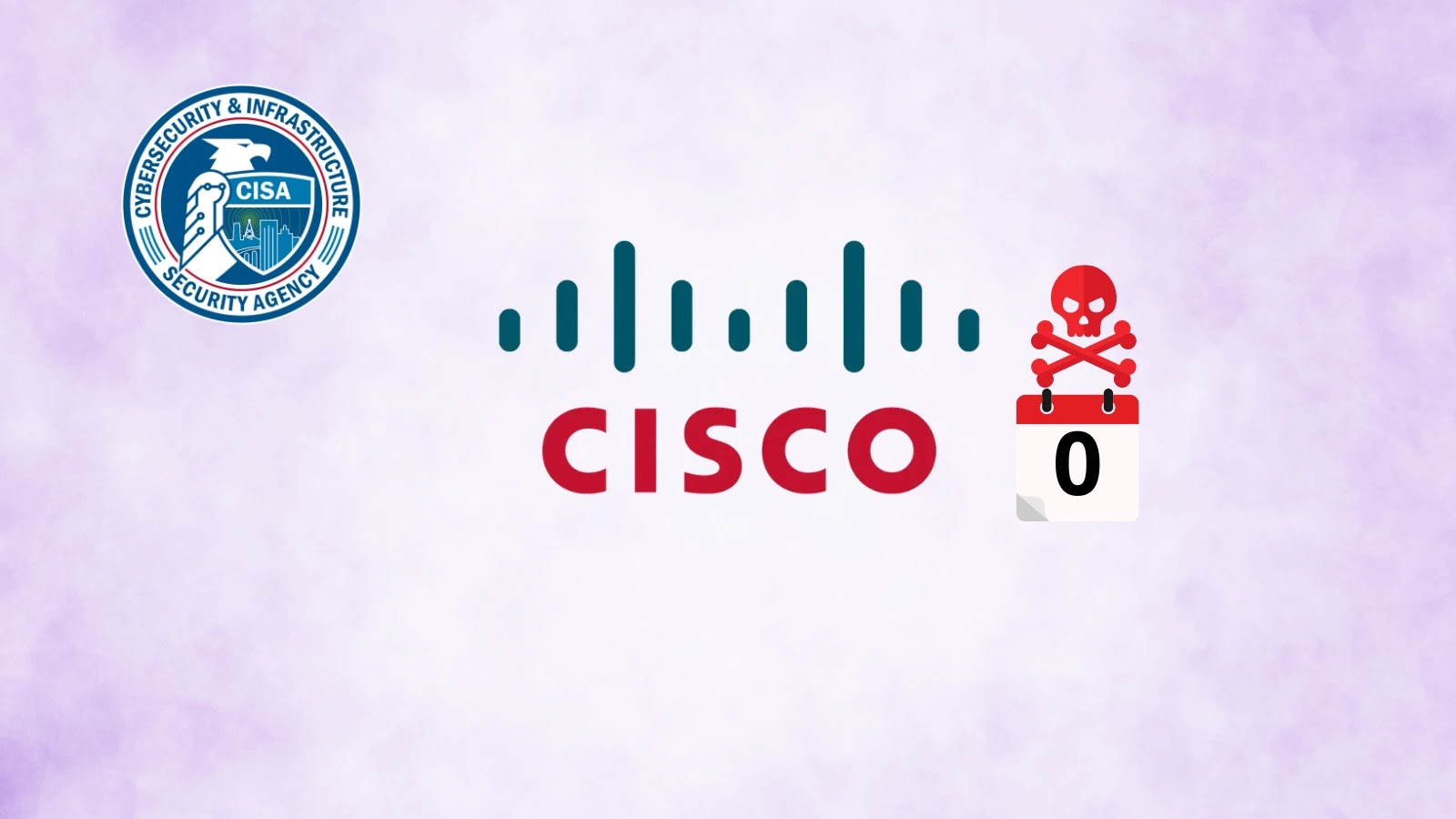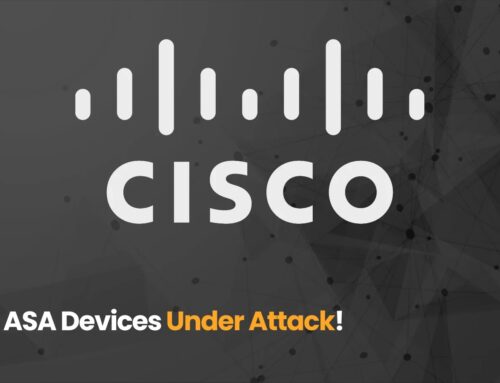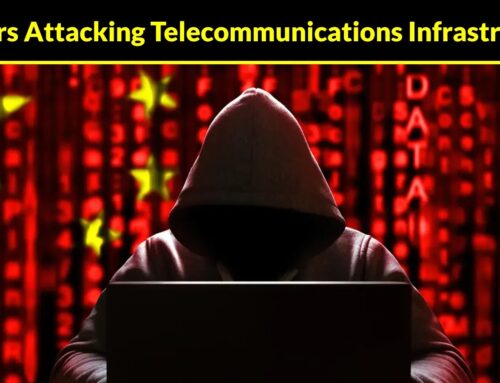
CISA Warns of Cisco Firewall 0-Day Vulnerabilities Actively Exploited in the Wild
CISA Sounds the Alarm: Cisco Firewall 0-Day Vulnerabilities Under Active Attack
The cybersecurity landscape has been rocked by an urgent warning from the Cybersecurity and Infrastructure Security Agency (CISA). They’ve issued an Emergency Directive mandating immediate action against two critical zero-day vulnerabilities impacting Cisco Adaptive Security Appliances (ASA) and select Firepower platforms. These vulnerabilities, actively exploited in the wild, pose a severe risk of unauthenticated remote code execution and privilege escalation, allowing advanced threat actors to gain persistent access.
Understanding the Threat: CVE-2025-20333 and CVE-2025-20362
CISA’s directive specifically highlights two critical zero-day vulnerabilities:
- CVE-2025-20333: This vulnerability facilitates unauthenticated remote code execution. An attacker can leverage this flaw to execute arbitrary code on a vulnerable Cisco firewall without needing any prior authentication, essentially gaining control over the device.
- CVE-2025-20362: This is a privilege escalation vulnerability. Once an attacker has a foothold due to CVE-2025-20333 or another entry point, this flaw allows them to elevate their privileges to a higher level, potentially gaining full administrative control over the system.
The combination of these vulnerabilities is particularly dangerous. Threat actors can not only execute code remotely but also achieve persistent access by modifying the read-only memory (ROM) of the affected devices. This modification ensures their access persists even through system reboots and firmware upgrades, making remediation significantly more challenging.
Impact on Cisco ASA and Firepower Platforms
The affected devices are central to many organizations’ network security posture. Cisco ASA devices are widely deployed as enterprise-grade firewalls, VPN concentrators, and intrusion prevention systems. Similarly, Cisco Firepower platforms offer advanced threat protection capabilities. The compromise of these critical network components can lead to:
- Complete network compromise and data exfiltration.
- Disruption of critical services and business operations.
- Establishment of long-term persistence for espionage or sabotage.
- Impersonation of legitimate network traffic and internal resources.
Given the active exploitation, organizations utilizing these Cisco products face an immediate and severe risk. The ability to modify ROM for persistence is a particularly concerning aspect of these attacks, highlighting the sophistication of the threat actors involved.
Remediation Actions: Urgent Steps for Protection
CISA’s Emergency Directive underscores the urgency of addressing these Cisco firewall vulnerabilities. Organizations must take swift and decisive action to protect their networks.
- Immediate Patching: As soon as Cisco releases official patches for CVE-2025-20333 and CVE-2025-20362, apply them without delay. Monitor Cisco’s official security advisories for release information.
- Network Segmentation and Least Privilege: Implement robust network segmentation to limit the blast radius if a device is compromised. Ensure that your firewalls operate with the principle of least privilege, restricting unnecessary access.
- Intrusion Detection/Prevention Systems (IDPS): Configure and update your IDPS signatures to detect known attack patterns associated with these exploits. Monitor alerts for suspicious activity on or around your Cisco ASA and Firepower devices.
- Out-of-Band Management: If possible, ensure that management interfaces for these critical devices are accessible only via out-of-band networks or highly restricted access controls.
- Regular Configuration Audits: Conduct frequent audits of your firewall configurations to identify any unauthorized changes or anomalous settings that could indicate compromise.
- Incident Response Plan Activation: Review and be prepared to activate your incident response plan should signs of compromise emerge. This includes isolating affected systems, forensic analysis, and comprehensive recovery procedures.
Tools for Detection and Mitigation
While specific patches are awaited, monitoring tools can help identify potential compromise or suspicious activity. Organizations should leverage their existing security infrastructure and consider the following:
| Tool Name | Purpose | Link |
|---|---|---|
| Cisco Security Advisories | Official source for vulnerability information and patches. | Cisco PSIRT |
| SIEM Solutions | Centralized logging and correlation for detecting anomalous behavior. | (e.g., Splunk, Elastic Security, QRadar) |
| Network Intrusion Detection Systems (NIDS) | Monitoring network traffic for suspicious patterns and known exploits. | (e.g., Snort, Suricata) |
| Vulnerability Scanners | Identifying known vulnerabilities in your network infrastructure. | (e.g., Nessus, Qualys) |
Conclusion: Heightened Vigilance is Key
The CISA warning on active Cisco firewall 0-day exploits serves as a critical reminder of the persistent and evolving threat landscape. Organizations must prioritize the security of their network perimeters, particularly devices like Cisco ASA and Firepower platforms. Proactive patching, rigorous monitoring, and robust incident response capabilities are not merely best practices but immediate necessities in the face of such sophisticated attacks. Remain vigilant, stay informed through official channels like CISA and Cisco, and act decisively to secure your critical infrastructure.





